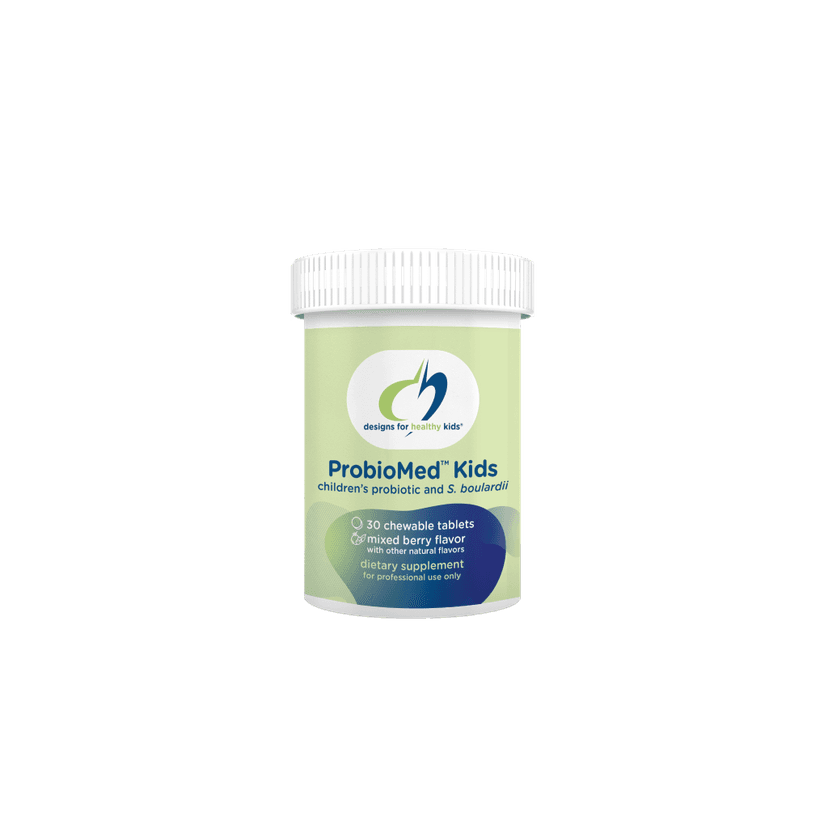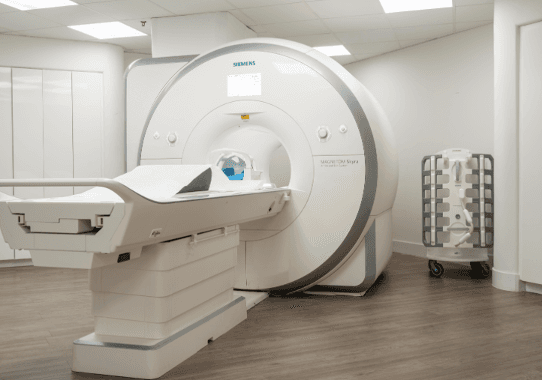Proteins are like tiny machines inside our bodies, and they need to be folded just right to work properly. When these proteins don't fold correctly, it can lead to serious problems, especially in the brain. This article explores how protein folding works, what happens when it goes wrong, and how it is connected to diseases like Alzheimer's, Parkinson's, and Huntington's. We'll also look at how scientists detect these misfolded proteins and what treatments are being developed to combat these issues.
Key Takeaways
- Proteins must fold correctly to function properly in the body.
- Misfolded proteins are linked to neurodegenerative diseases like Alzheimer's and Parkinson's.
- Genetic mutations, environmental factors, and cellular stress can cause protein misfolding.
- Scientists use biomarkers, imaging techniques, and molecular assays to detect misfolded proteins.
- New treatments, including drugs, gene therapy, and immunotherapy, are being explored to target misfolded proteins.
Mechanisms of Protein Folding
Role of Chaperone Proteins
Chaperone proteins are essential helpers in the protein folding process. They assist newly formed proteins in achieving their correct shapes, preventing misfolding and aggregation. Without chaperones, many proteins would fail to fold correctly, leading to cellular dysfunction. These proteins act like guides, ensuring that the folding process follows the right path.
Molecular Pathways Involved in Folding
Protein folding involves several molecular pathways. One key pathway is the ribosome-associated pathway, where proteins begin to fold as they are synthesized. Another important pathway is the endoplasmic reticulum (ER) pathway, which is crucial for proteins destined for secretion or membrane insertion. These pathways ensure that proteins fold efficiently and correctly.
Energy Landscape of Protein Folding
The energy landscape of protein folding is often described as a funnel. Proteins fold into their correct shapes by moving towards a state of minimal energy. This funnel-like landscape helps proteins find their functional forms quickly. The interactions between amino acids play a significant role in guiding the protein to its final, stable structure.
Understanding the mechanisms of protein folding is vital for comprehending how proteins function and why they sometimes misfold, leading to diseases.
Causes and Consequences of Protein Misfolding
Genetic Mutations
Genetic mutations can directly impact protein folding by altering the amino acid sequence or structure of the protein. These changes can lead to proteins that do not fold correctly, resulting in loss of function or harmful gain of function. Mutations in genes coding for proteins are a primary cause of misfolding.
Environmental Factors
Environmental factors such as toxins, radiation, and temperature changes can disrupt the delicate balance of protein folding. These factors can cause proteins to misfold, leading to cellular stress and damage.
Cellular Stress
Cellular stress, including oxidative stress and endoplasmic reticulum stress, can impair the protein folding machinery. This stress can result in the accumulation of misfolded proteins, which can aggregate and form toxic species.
Prolonged exposure to misfolded proteins can trigger cell death pathways, leading to severe consequences for cellular health.
The consequences of protein misfolding are far-reaching, affecting cellular function and contributing to various diseases. Misfolded proteins can aggregate, forming amyloid fibrils that are toxic to cells. This can lead to cell death and tissue damage, particularly in the brain, where it contributes to neurodegenerative diseases.
Protein Misfolding and Neurodegenerative Diseases
Alzheimer's disease is marked by the buildup of two misfolded proteins in the brain: beta-amyloid and tau. These proteins form toxic clumps that disrupt cell function and lead to memory loss and cognitive decline. The presence of these protein aggregates is a hallmark of Alzheimer's disease.
In Parkinson's disease, the protein alpha-synuclein misfolds and accumulates in the brain. These aggregates, known as Lewy bodies, interfere with normal brain function, leading to symptoms like tremors, stiffness, and difficulty with movement.
Huntington's disease is caused by a defective form of the huntingtin protein, which has an abnormally long glutamine tract. This misfolded protein forms toxic aggregates that damage brain cells, resulting in movement disorders, cognitive decline, and psychiatric symptoms.
Neurodegenerative diseases often share a common feature: the accumulation of misfolded proteins that form toxic aggregates in the brain. This process disrupts normal cellular functions and leads to the progressive loss of neurons.
Detection and Diagnosis of Misfolded Proteins
Biomarkers
Biomarkers are crucial for identifying misfolded proteins. Specific antibodies can detect misfolded conformations or post-translational modifications. These markers help in diagnosing diseases linked to protein misfolding.
Imaging Techniques
Imaging techniques like MRI and PET scans are used to visualize misfolded proteins in the brain. These methods provide a non-invasive way to detect protein aggregates and monitor disease progression.
Molecular Assays
Molecular assays, such as ELISA and Western blotting, are employed to measure the presence of misfolded proteins in samples. These assays are essential for confirming diagnoses and understanding the extent of protein misfolding.
Early detection of misfolded proteins can lead to better management and treatment of neurodegenerative diseases.
Therapeutic Approaches to Target Misfolded Proteins
Pharmacological Interventions
Pharmacological interventions aim to correct or prevent protein misfolding through the use of small molecules or drugs. These treatments can inhibit the aggregation of misfolded proteins or enhance the function of molecular chaperones. One key challenge is identifying which proteins to target for each specific neurodegenerative disease. Researchers are exploring various compounds that can stabilize protein structures and prevent harmful aggregates.
Gene Therapy
Gene therapy offers a promising approach by directly addressing the genetic mutations that cause protein misfolding. This technique involves delivering corrected genes to cells, enabling them to produce properly folded proteins. Scientists are also investigating ways to silence faulty genes that lead to the production of misfolded proteins. Although still in early stages, gene therapy holds potential for long-term solutions to these diseases.
Immunotherapy
Immunotherapy leverages the body's immune system to target and clear misfolded proteins. This approach includes the use of antibodies that specifically bind to misfolded proteins, marking them for degradation. Vaccines are also being developed to stimulate the immune system to recognize and attack these harmful proteins. Immunotherapy is a rapidly evolving field, offering hope for effective treatments against neurodegenerative diseases.
The development of therapies targeting misfolded proteins is a complex but crucial endeavor. Success in this area could lead to significant advancements in treating neurodegenerative diseases, improving the quality of life for many patients.
Future Directions in Protein Folding Research
Unanswered Questions
There are still many mysteries in the field of protein folding. Why do some misfolded proteins escape the cell's quality control systems? How do these misfolded proteins lead to diseases like Alzheimer's and Parkinson's? Researchers are working hard to find answers to these questions.
Emerging Technologies
New tools and technologies are helping scientists study protein folding in more detail. Advances in artificial intelligence and computer modeling are making it easier to predict how proteins will fold. These technologies could lead to new treatments for diseases caused by misfolded proteins.
Potential Therapeutic Targets
Scientists are also looking for new ways to treat diseases caused by protein misfolding. They are exploring different targets for drugs, such as the misfolded proteins themselves or the pathways that lead to their formation. This research could lead to new therapies that can prevent or reverse the damage caused by misfolded proteins.
The future of protein folding research holds great promise, with new technologies and approaches offering hope for better understanding and treatment of diseases caused by misfolded proteins.
Conclusion
In summary, the science of protein folding is crucial for understanding neurodegenerative diseases. When proteins fold incorrectly, they can clump together and cause damage to brain cells. This misfolding is linked to diseases like Alzheimer's and Parkinson's. Despite years of research, scientists are still trying to figure out why some proteins misfold and how to stop it. Future studies will focus on finding ways to prevent or treat these diseases by targeting the misfolded proteins. Understanding protein folding better could lead to new treatments and improve the lives of many people.
Frequently Asked Questions
What is protein folding?
Protein folding is the process by which a protein takes its specific three-dimensional shape. This shape is crucial for the protein to function properly.
Why do proteins sometimes misfold?
Proteins can misfold due to genetic mutations, environmental factors, or cellular stress. When this happens, the protein can't do its job correctly and can cause problems in the body.
How is protein misfolding linked to diseases like Alzheimer's?
In diseases like Alzheimer's, misfolded proteins clump together and form plaques. These plaques can harm brain cells and lead to the symptoms of the disease.
Can protein misfolding be detected early?
Yes, scientists use biomarkers, imaging techniques, and molecular tests to detect misfolded proteins early. Early detection can help in managing and treating diseases better.
What are chaperone proteins?
Chaperone proteins help other proteins fold correctly. They make sure proteins achieve the right shape and prevent them from misfolding.
Are there treatments for diseases caused by protein misfolding?
Researchers are working on various treatments, including medications, gene therapy, and immunotherapy, to target misfolded proteins and treat related diseases.
























